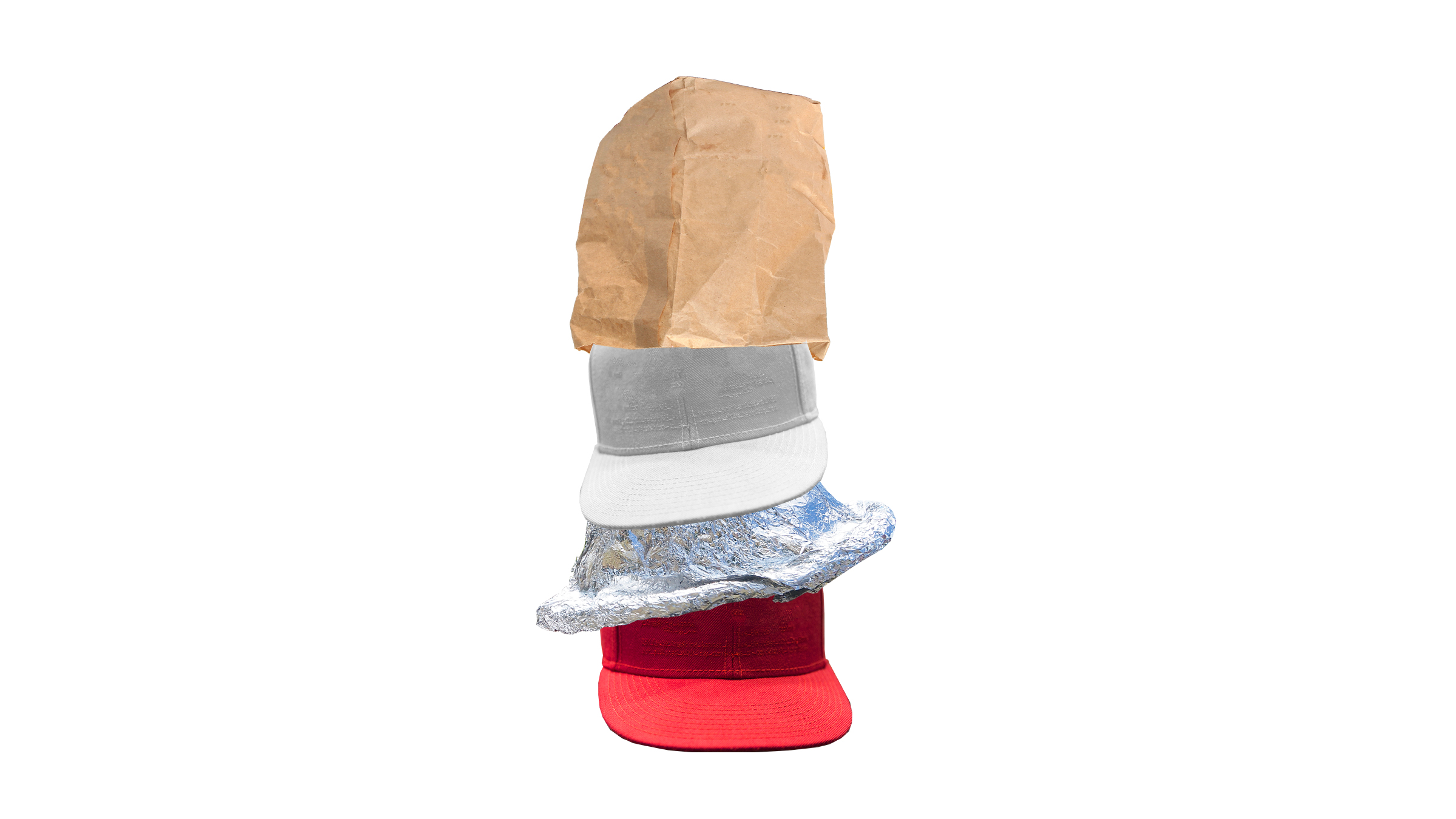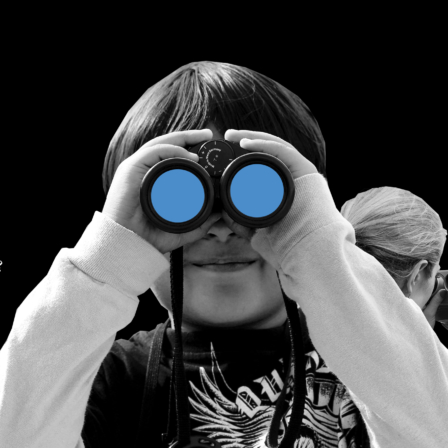Different people and organisations have very different attitudes towards future developments and megatrends. At one end of the spectrum, people are putting tin foil hats on their heads, thinking that everything we are used to believing in will change. At the other end, the world is mainly viewed with a paper bag on the head – firmly believing that change will largely not affect us.
On the one hand, there are those who only see opportunities in change, running after every technological hype in vogue at the time. On the other, there are those who certainly do not see change as an opportunity. On the contrary, many people tend to think that things have already changed far too much.
Megatrends therefore are the basis on which interpretations and choices signify the different visions of what the megatrends mean to us and how they should be responded to. One dimension is how much change responding to megatrends will require of us: a lot of change, or just a little bit of change. The other dimension, then, is whether megatrends are primarily seen as a threat or an opportunity. Something that can seem like an enormous opportunity to one party may seem like a major threat to another, justifiably.
Do the following
Think about different megatrends. Do you believe that they will require a lot or just a little change from your organisation or society? And do you think that the change will involve more opportunities and threats to your own organisation or society in general? Put yourself, your organisation or society in a 2 x 2 matrix based on your answers.
In a group, discuss how each person positions themselves, their organisation or society in the matrix. Are there many differences in the views? What is the reason for the differences?
Use the discussion you had based on the matrix as the starting point of the new vision. Think about what should be done based on how you positioned yourselves in the matrix. What should the vision be like to respond to the challenge of the megatrends you outlined? You can use the Vision-builder’s checklist for assistance.
You can also position an existing vision or view of the future in the matrix. Does it describe radical transformations or minor changes? Does it consider change as an opportunity or a threat? Are there major differences between the vision and your insight?
Example
Sitra’s vision, Next era of well-being, makes the following interpretations of megatrends and their impacts.
- According to Sitra’s view, megatrends will require a lot of change from society.
- According to Sitra’s view, the challenges posed by the megatrends cannot be underestimated, but they can be converted into opportunities based on Nordic values.
Next
Use the matrix to compare your own view or vision with those of others. You can also go deeper into the consideration of the different perspectives by testing your vision from three different points of view.












Read more
Use these to move forward.